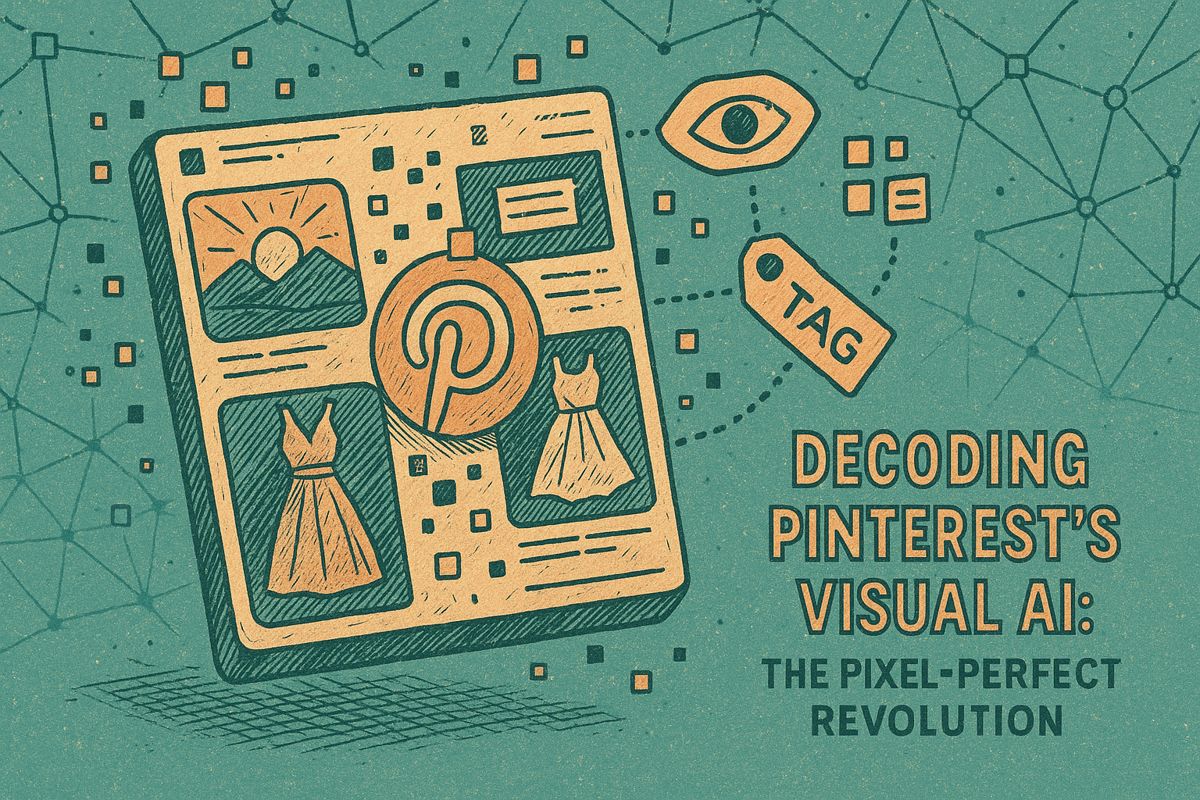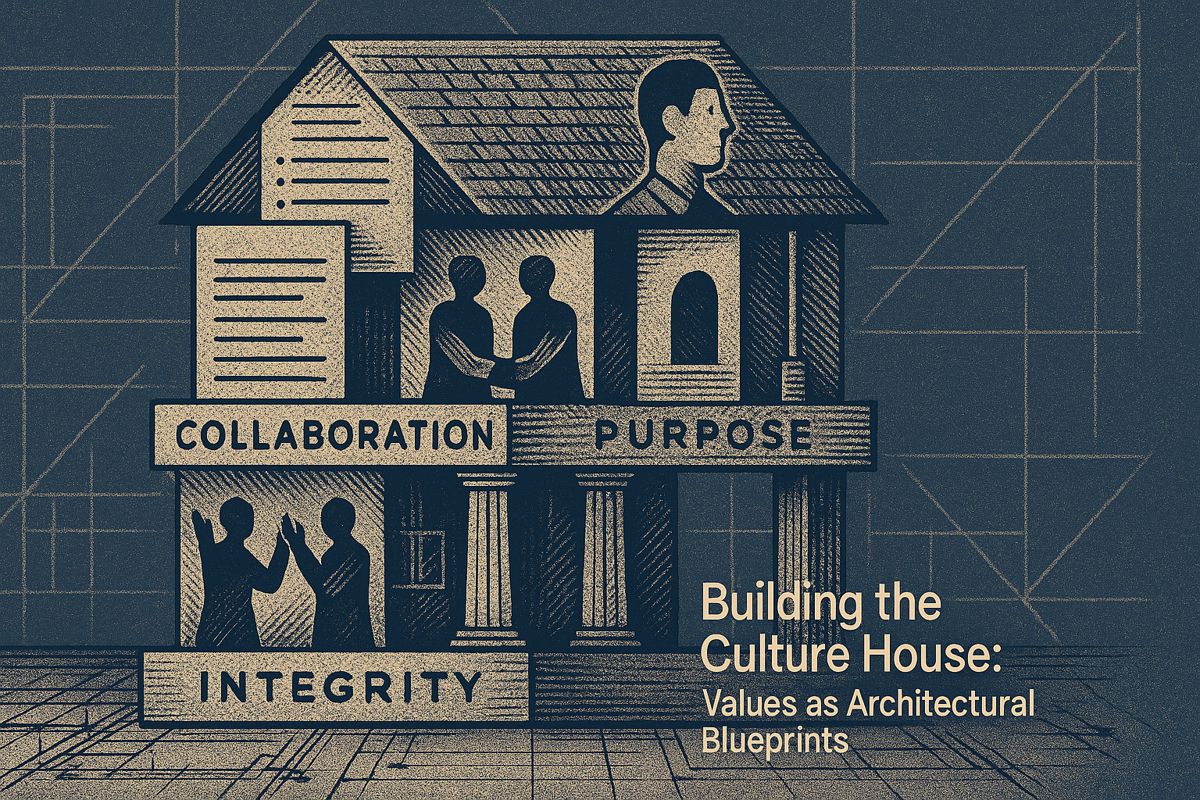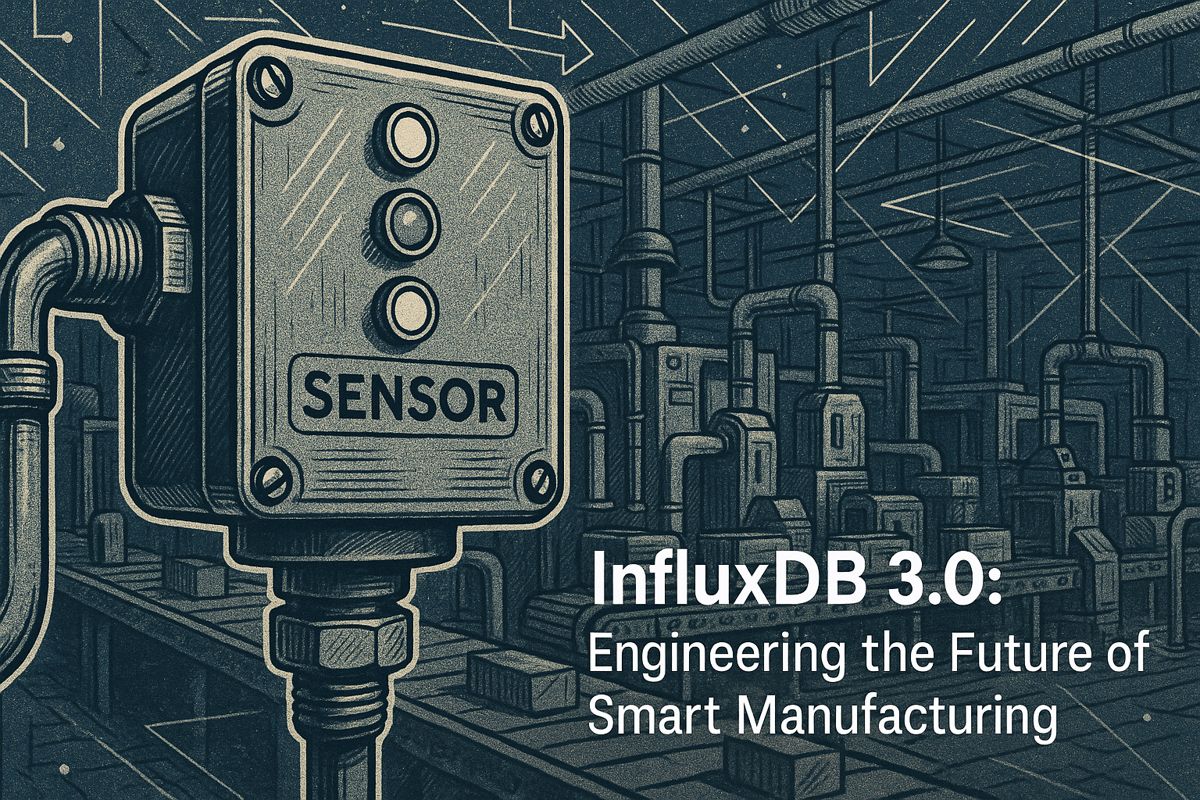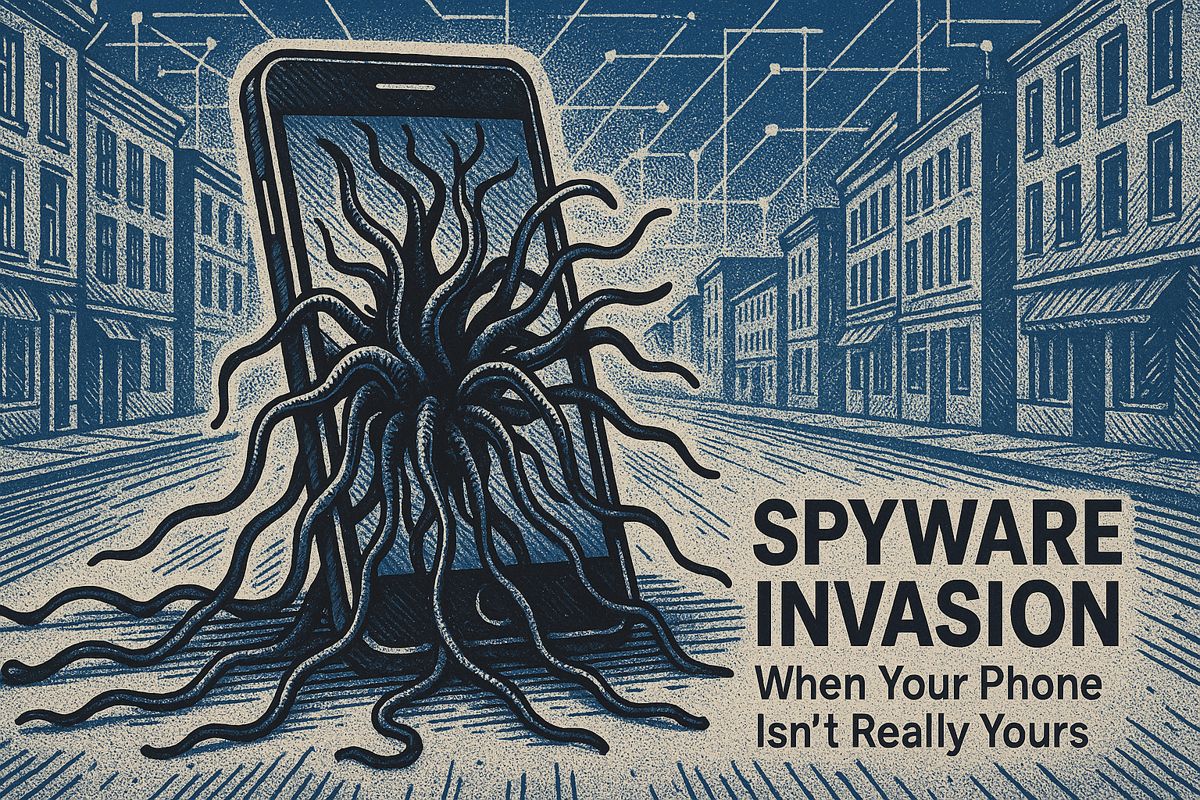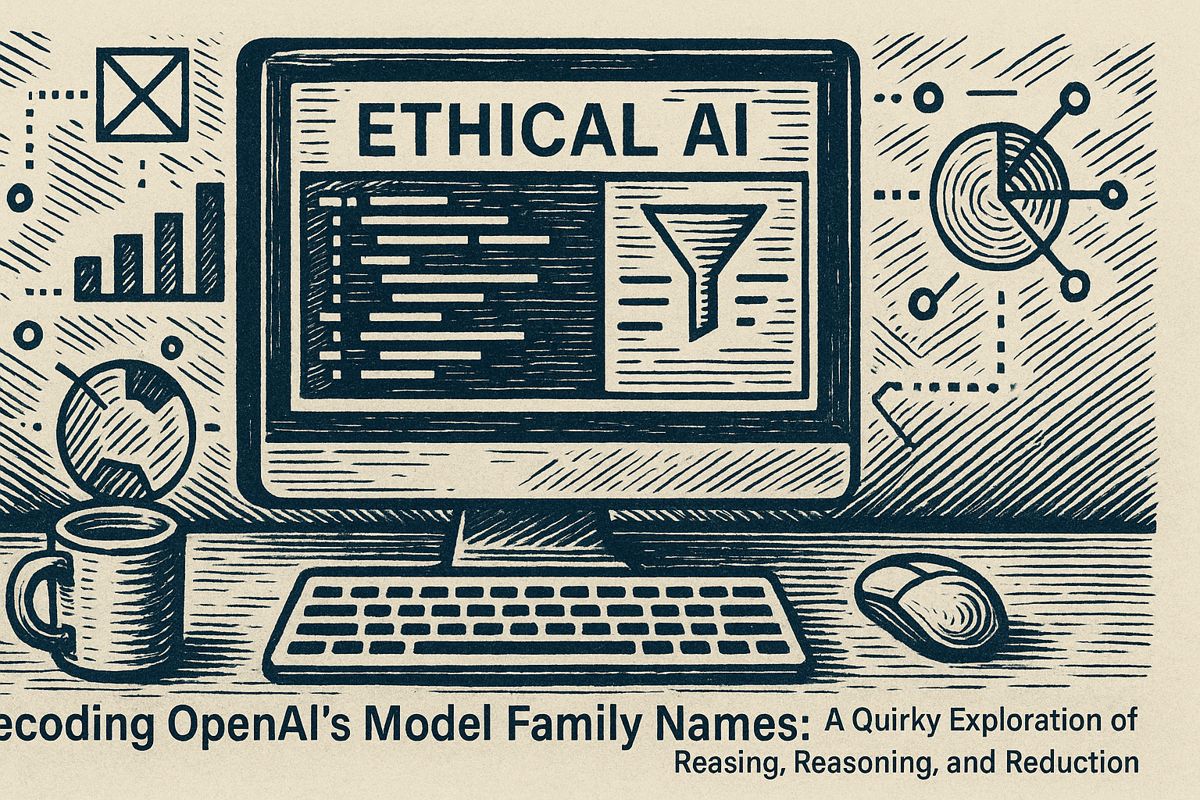Here’s the text with the most important phrase emphasized in markdown bold:
Pinterest’s AI is revolutionizing visual search by analyzing images with incredible precision, recognizing over 2.5 billion objects and processing 600 million monthly visual queries. Brands can dramatically improve their digital visibility by leveraging tools like Performance+ and understanding contextual visual cues, moving beyond traditional keyword strategies. The platform’s machine learning models now prioritize image composition, color, lighting, and storytelling over rigid search terms, offering brands a more nuanced approach to digital marketing. By embracing metadata, experimenting with content, and understanding AI-driven insights, companies can unlock unprecedented engagement and trend prediction capabilities. The future of digital marketing lies in creating visually compelling, contextually rich content that speaks directly to audience interests and algorithmic preferences.
How Does Pinterest’s AI Enhance Visual Search and Brand Marketing?
Pinterest’s AI transforms visual search by analyzing image details, metadata, and trends, helping brands optimize content with 2.5 billion recognizable objects and 600 million monthly visual queries. By leveraging tools like Performance+ and understanding contextual visual cues, businesses can dramatically improve digital visibility and engagement.
Scene One: Nighttime Scrolling and the AI Curtain Rises
Sometimes, I find myself caught in Pinterest’s velvet whirlpool, the glow of my phone illuminating my hands while my mind wanders through AI-crafted suggestions. Have you ever searched for a soup recipe at midnight and thought, “How on earth did Pinterest know I needed this exact one?” The answer isn’t sorcery – it’s a web of machine learning models, metadata, and new strategies that guide both brands and creators toward digital visibility. There’s a faint hum in the air, like the soft click of a camera shutter, each Pin loaded with hidden cues.
Last spring, I bumped into a brand manager at the Adweek conference in New York – a guy with a penchant for skepticism and strong coffee. He once wrote off Pinterest as a “cupcake landfill.” I’ll admit, I agreed with him for a while. But that very manager later confessed his entire team’s traffic tripled when they abandoned old-school keyword tactics in favor of AI-powered visual optimization. His face when he realized this? Pure astonishment, tinged with a bit of sheepish pride.
Pinterest’s approach is as layered as tiramisu: it invites brands to dance with both visuals and language, to use tools like Performance+ and Trends for insights, and to treat metadata as a trusted ally. It’s no longer just about keywords. The camera’s eye, lighting, and colors matter – a new form of SEO, if you will. Even something as simple as using the 2:3 vertical image format can send your content soaring. (Curious fact: Pinterest’s visual search can pick out more than 2.5 billion objects, and they’re logging 600 million visual queries monthly. That’s a tidal wave of data.)
The Concrete Mechanics: Metadata, Images, and Algorithms
So, let’s strip away the jargon. Metadata isn’t just a buzzword – it’s the secret handshake, the low-frequency password that lets your Pins through the velvet rope. Crafting titles that sound like real human speech (“cozy fall outfit ideas” beats “autumnal fashion apparel”) is key. The days of clunky keyword-stuffing are fading, replaced by contextually smart tagging and, sometimes, a descriptive dash of mood.
But don’t stop at words. Pinterest’s AI reads your images like a detective with a magnifying glass: it notices color gradients (Pantone’s Living Coral, anyone?), the way shadows fall, and whether a photo feels seasonally relevant. I’ve watched big brands cling to sterile product close-ups, but time and again, what shines is the wide-angle story – a bustling holiday table rather than a lone plate. Scene composition is your golden ticket, not just for engagement, but for algorithmic reach.
Those much-touted tools – Performance+, Pinterest Trends, and the rather prophetic “Pinterest Predicts” – are more than digital trinkets. Performance+ can surface patterns before they go mainstream, almost like tuning into the market’s heartbeat. Pinterest Predicts, in particular, boasts an 80% accuracy rate on trend forecasts. That’s more than I can say for my own predictions (I once bet big on neon fanny packs coming back… let’s just say, not my shrewdest move).
Pinning Down Strategy: Analytics, Curation, and the Human Factor
Let’s talk numbers: 2.5 billion objects recognized by Pinterest’s visual search engine, a 140% surge in visual queries year-over-year, and over 600 million visual searches each month. That’s not a pond – it’s the digital Atlantic. Brands who claim their website and use Rich Pins unlock analytics that are less about vanity and more about genuine audience insight. I met a beauty brand marketer who saw engagement double, simply by adding product details and live pricing to their Pins. The numbers don’t lie, even if they sometimes sting.
Regular curation is the unsung hero. Think of your boards as living organisms – update them with seasonal and trending content, and use Pinterest’s own autofill suggestions to catch the algorithm’s eye. I sometimes feel a secret thrill watching Pinterest’s search bar finish my thoughts. It’s like a little nudge from the algorithm, a moment of connection with the unseen machine.
Testing, too, is essential. A/B trial different layouts, color palettes, even lighting. What works changes as swiftly as a summer storm. Don’t let analytics intimidate you – those numbers are breadcrumbs, not boulders. If you’re feeling stuck, remember: the algorithm learns, and so can you.
Final Act: Embracing the Visual Shift
Are you still thinking of Pinterest as just cupcakes and crafts? Let’s be honest, that’s a relic from 2015. The truth is, context and visual nuance shape success – it’s about the interplay of light, subject, and story. To thrive, you need to refresh boards regularly, experiment with new themes, and pay attention to those tiny signals from AI tools like Performance+ and Pinterest Trends.
There’s a peculiar satisfaction in seeing the numbers rise, in watching a clever turn of phrase or a perfectly staged image catch fire. Sometimes, I still get it wrong – a Pin flops, a trend escapes me – but that’s the thrill of the chase, isn’t it? If you listen closely, you might even hear the faint buzz of innovation, like static before a new song starts.
So, what’s your next move? Don’t just post. Participate. Let your content sing in the language of visuals, and let the data point you somewhere unexpected. If you’re ready to leave the cupcake days behind, Pinterest’s AI-powered search is already waiting.
Curiosity piqued? Try a search tonight. You might be surprised by

